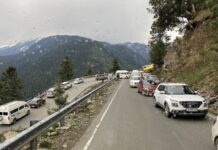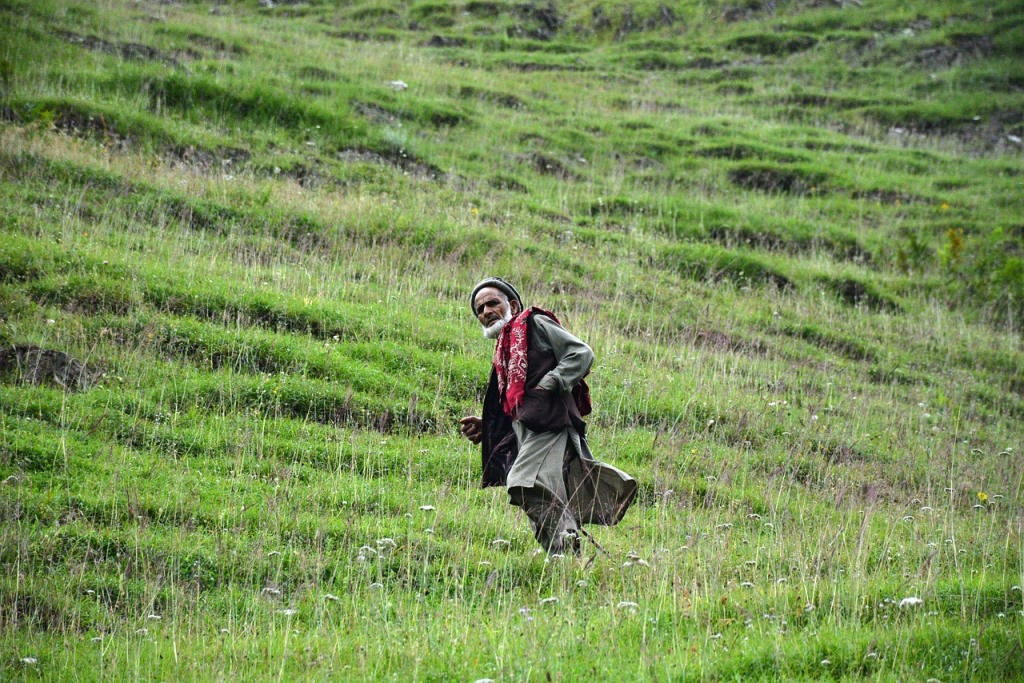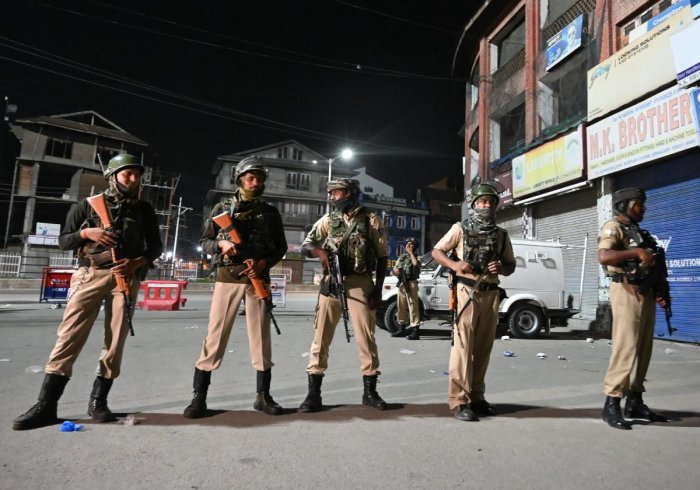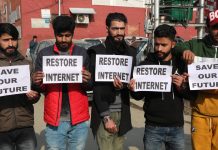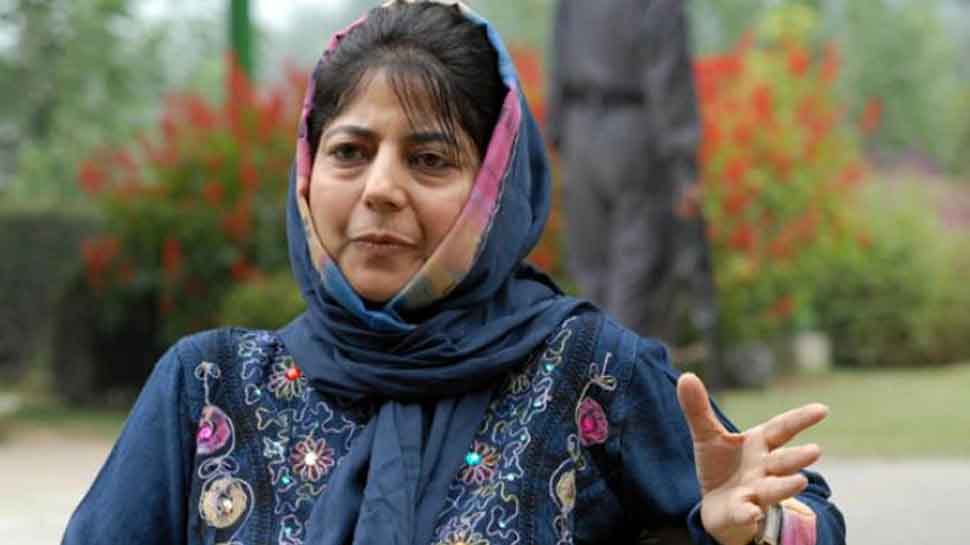Mechanisms which work towards the betterment of individuals from the lowest ranks of the social order are crucial for any effective nation-state. Subsidized food and basic infrastructure are central to this context, here the author articulates about the plight of Jammu and Kashmir.
Mahendran Arumugam is a research scholar at Tata Institute of Social Sciences, (TISS), Mumbai.
In India many subsidised schemes are being implemented to improve the living conditions of the vulnerable segments of the population. However, these schemes are plagued by various problems like huge leakages in the delivery system, misidentification of beneficiaries i.e., exclusion of deserving households and inclusion of undeserving households in the network, inadequate and untimely assistance to the beneficiaries, huge amount of subsidy involved in the implementation of these schemes and other factors.
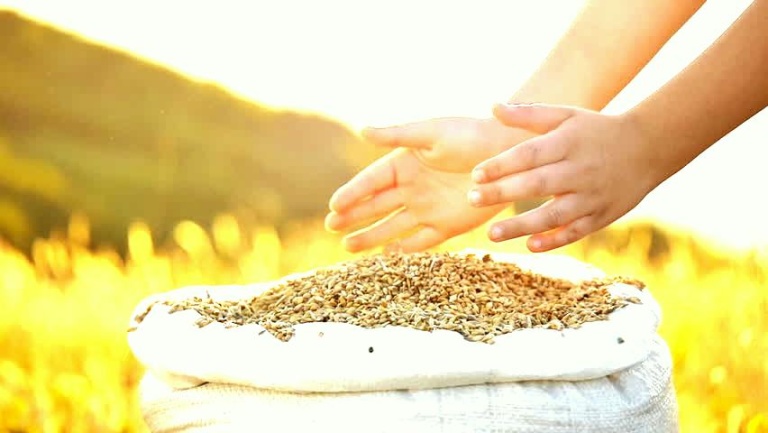
At present there is no discussion on food versus cash transfers but the focus should be on the costs and benefits of different welfare policies.
The implementation of the Basic Income Scheme could be done properly in the state of Jammu and Kashmir. Alakh N Sharma in his study of Leh district in Jammu and Kashmir noted that the manifestation of the PDS apparatus is very poor. The BPL households do not have BPL cards, and nearly half of them are not getting ration, even those who have BPL ration cards are not getting their legitimate BPL rations.
Bhat in his study of the efficiency of PDS in the Kashmir model reflected on the several misappropriations of supplies. It is not properly functioning as per the expectations of the poor. Irrespective of the fact that Fair Price shops are premised within two kilometres distance of each card holders housing, the PDS food grain goes to the black market.
Dame pointed that the departments of food and supplies in northern India were facing difficulties in providing ration after roads had been cut off due massive flash floods in August 2010. In addition, tailor-made regional policies and programmes are needed to face the specific challenges in high mountain regions.
In 2016, the state brought forward a new food scheme entitled the Mufti Mohammed Sayeed Food Entitlement Schemes (MMSFES) for Priority and Non-Priority households. It means that families would get additional l kg of gran. But Non-Priority households are not considered a segment of the new scheme as rice prices are high and the quantity is less.
Alam(2010) in the study of planning and implementation of NREGA in Jammu and Kashmir highlighted several crucial issues but major point of view was that at minimum wage level, the demand for NREGA work would be low. The mode of payment was cash in Poonch and it was mix of cash and bank (ATM card) transaction in Kupwara. The problem in getting full wages was reported only 47 percent in Kupwara.
In Government of India CMDM report of Jammu and Kashmir field study of Udhampur district (2010) children were of the opinion that the meals provided were of good quality and they had better access to drinking water. In my recent visit in February 2018 to Udhampur, Jammu and Reasi districts, the school buildings were good, proper toilet facility of boys and girls was availablr , some schools had their own kitchens and some schools had centralised kitchen buildings. The children were happy with the Mid-day meals.
Nazni studied the effects of mid-day meals in Budgam and Baramula districts in Kashmir, the study highlighted issues about the intellectual and social development of school children. In addition, irregular attendance of children, distribution of poor quality of food items, less number of students and inadequacy of class room and teachers lead to difficult circumstances.Khera strongly suggest that preferences hinged on the implementation performance of the TPDS: in states where the system worked poorly people preferred cash, where existing food distribution worked well larger shares of people preferred food. Ghatak points that a lot of opposition to schemes like the UBI reflects the worry that they will displace other anti-policies.
To the extent that is not the case, why not try it out, at least on a scale that is affordable. Mahendran is of the opinion that he subsidy schemes which are working fairly in a particular State should not be disturbed and only those subsidised Schemes which are not working effectively must be replaced by DBT. For instance, household survey conducted in Puducherry and Chandigarh revealed that people were happy with the existing PDS but the PDS was replaced by DBT Scheme. Therefore, the bundle of subsidy Schemes should be State specific. This implies that the amount given to targeted households should differ from one state to another.
It more difficult in a state like Jammu and Kashmir to commit to Universal Basic Income for the poor people living Below Poverty Line (BPL) and AAY cardholders. But the choice of schemes continues to remain a decision taken by state government. Finance Minister Haseeb Drabu announced in 2017 Budget speech to plan for Universal Basic Income. It will not only eliminate leakages but also reduce cost of delivery system of welfare schemes.
Finally, it is believed that Basic Income scheme will be functioning across the state in future and lead to better results as a cost effective welfare scheme.
Did you like the story? Go ahead and support the cause of independent journalism. DONATE NOW


